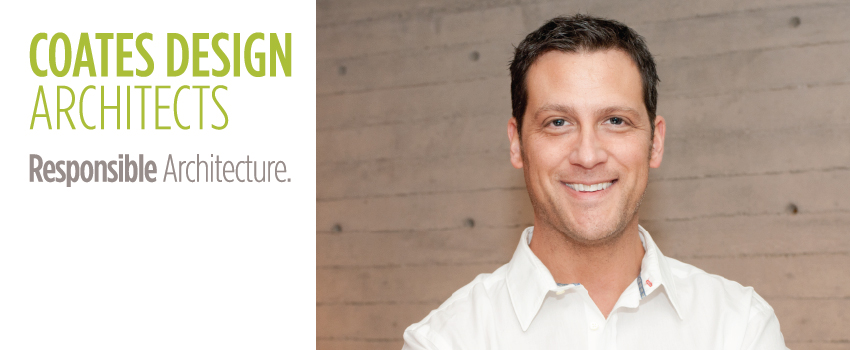My father once told me, “A flexible man does not break.” Easier said than done. My first design job was a barn project for a family member. I didn’t know what I was doing but I was overjoyed because the contractor hired to build the barn allowed me to generate the design. I put together the drawings and a couple renders and we (the contractor and I) met with the owner to present the idea.
The owner took one look and said, “well that’s not going to work.” I could feel heartbreak invading my mind until the owner almost immediately thereafter said, “oh wait … I’m turned around …. Oh, I like it! I like it a LOT! Oh it’s perfect, don’t change a thing!”
Fast forward a year. I was working at a firm and was tasked with redesigning a school marquee sign that fronted the main road. This was my first design job at this firm and I put my heart into it. When I presented the new design to my boss for approval, the first thing out of her mouth was, “well that’s just hideous, isn’t it?” The design incorporated the school’s green and yellow colors into a balanced composition with a two complementary shades of gray … but the basis was green and yellow – not my (or my boss’ ) favorite colors. After I patiently explained that the colors were the contextual school colors, what they represented in this design, and that I would never paint my house these colors, she decided the design was good and that we should move forward.
Fast forward another year. I designed a new stadium for the same school. This was, by far, my biggest project to date and I wanted to knock it out of the park. At each step of the way, I became closer acquainted with the term “value engineering” (which is a business term for getting rid of all the cool stuff to accommodate budget). We had to rethink layouts, remove pieces, and redo work again and again. Though many things were value engineered out of the project, there was one piece that was especially close to my heart. When I explained how it worked for the design, the client’s eyes lit up as she exclaimed, “Oh, I like that!”. That particular element made it into the final design and became one of the defining features, making this building more focused and truly unique.
Whether you are a Seattle architect or not, If you have ever created something for anybody other than yourself, you may have heard “No” or “I don’t like it”, or “well that’s just hideous, isn’t it”. What you (and I) need to remember is that is not the final word. On the contrary, it is just the beginning of the conversation. Yes, it is true that not all parts of a design will make the final product, but if you give up, lose heart, or just get angry when faced with a negative response to something you’ve created, then you’ve already lost. Remember a flexible person does not break.
This does not mean that you should compromise your values, it just means that you should keep your eyes on the end result and remember that design, especially architecture, is an iterative process and all projects must undergo scrutiny to achieve better results. If your client says “no”, do not break. Be flexible. Keep an open mind (and good attitude) and listen to the essence of their objections. Get back to the drawing board and use the opportunity to design something better. The project will be better in the end because your client will be happier – and a happy client is a cornerstone of a successful project.

